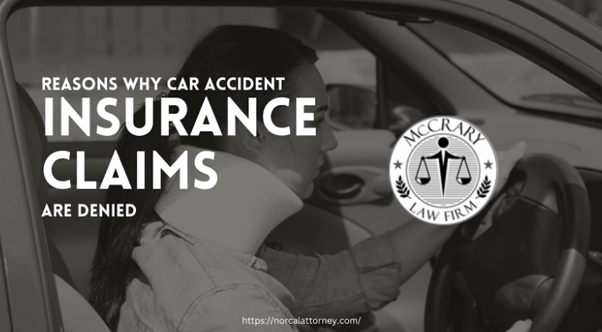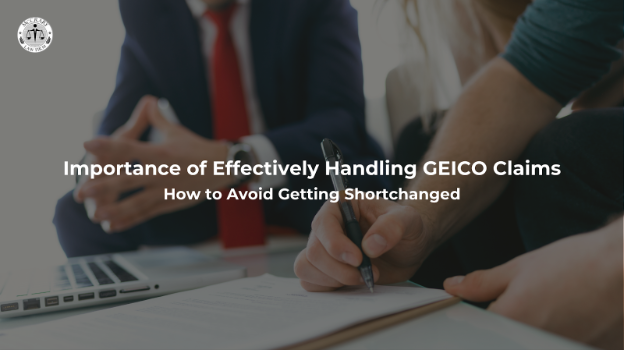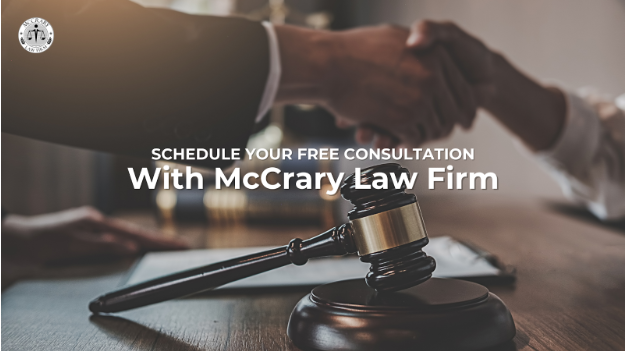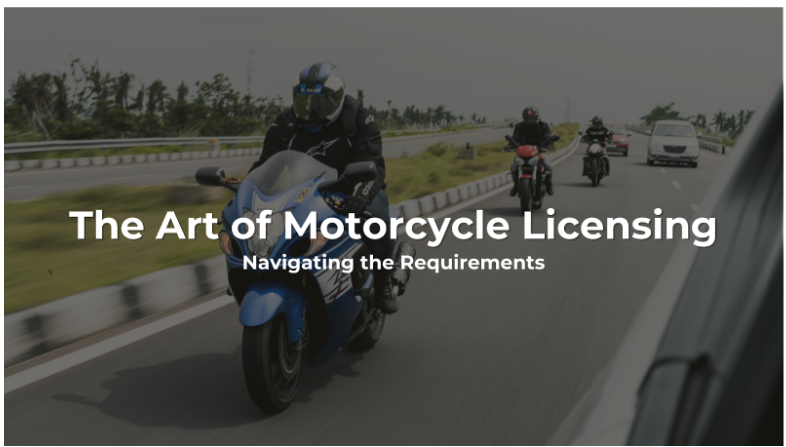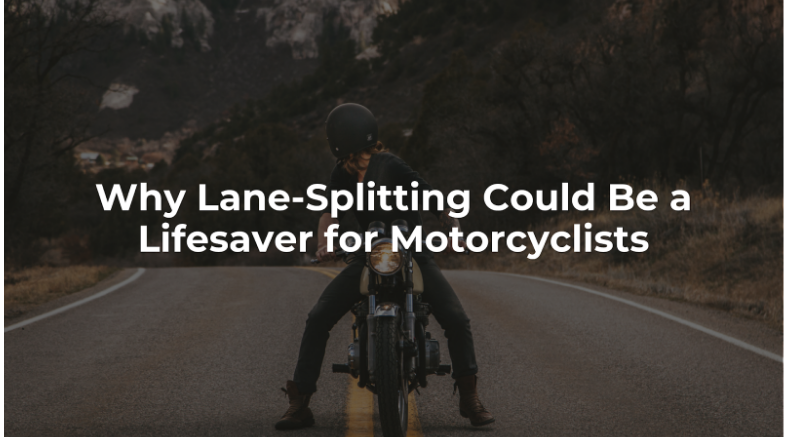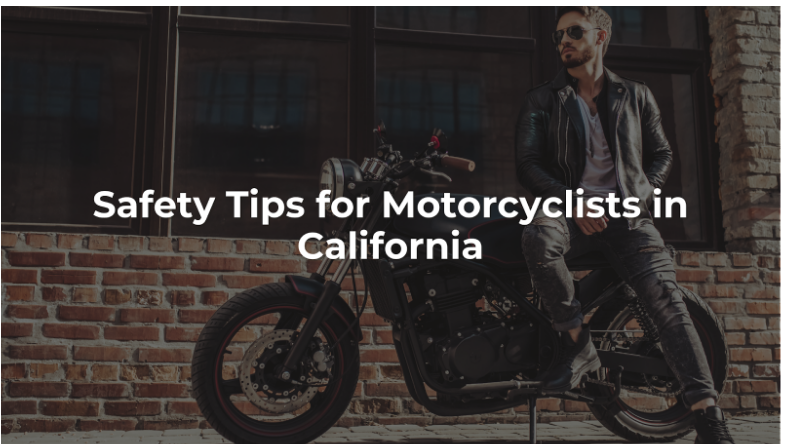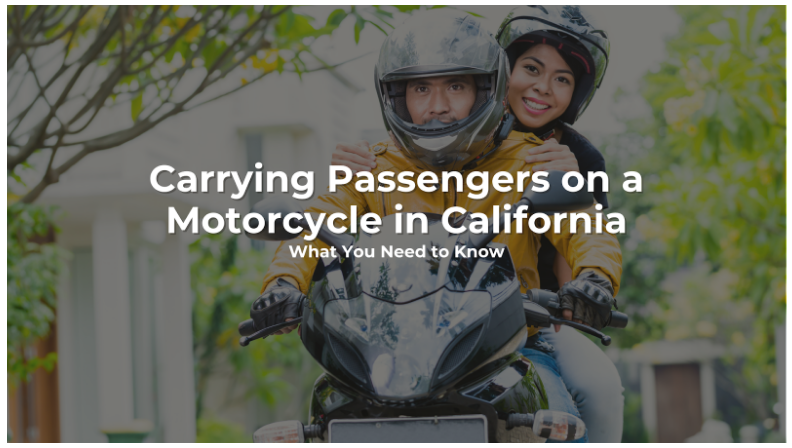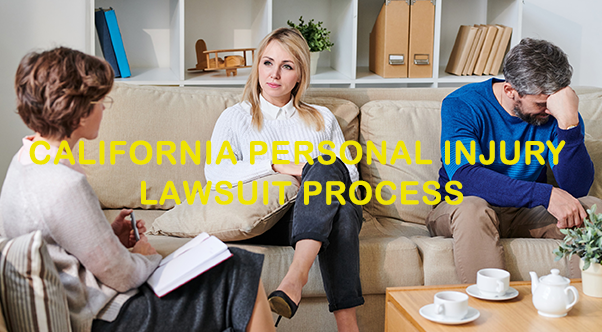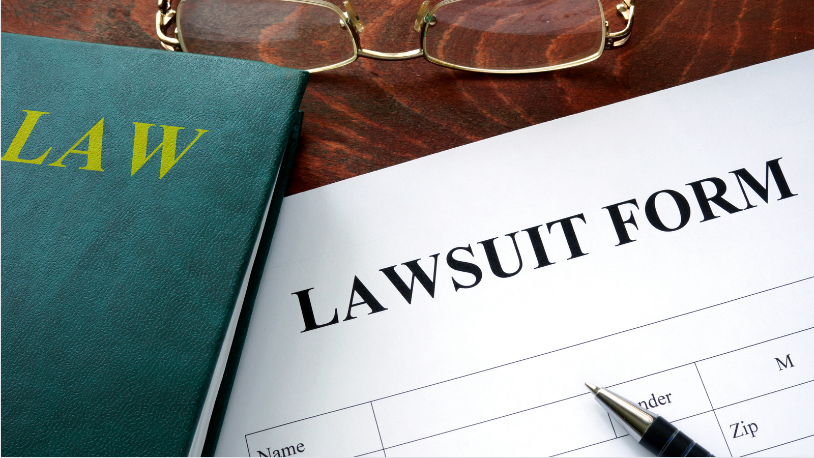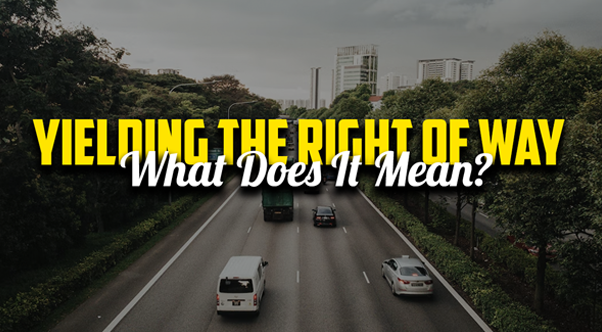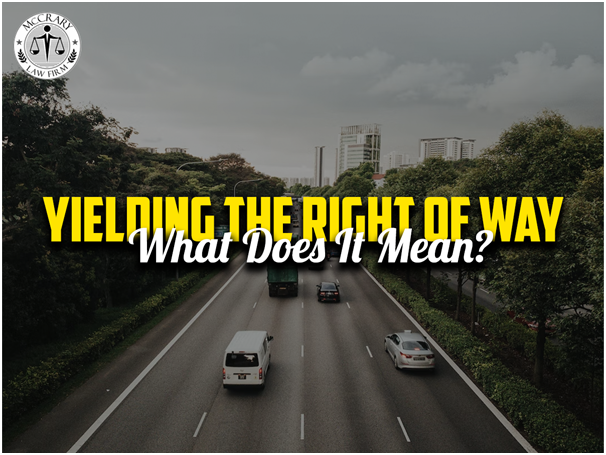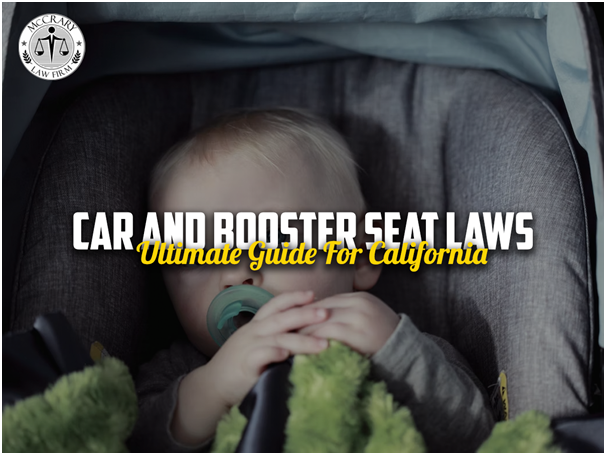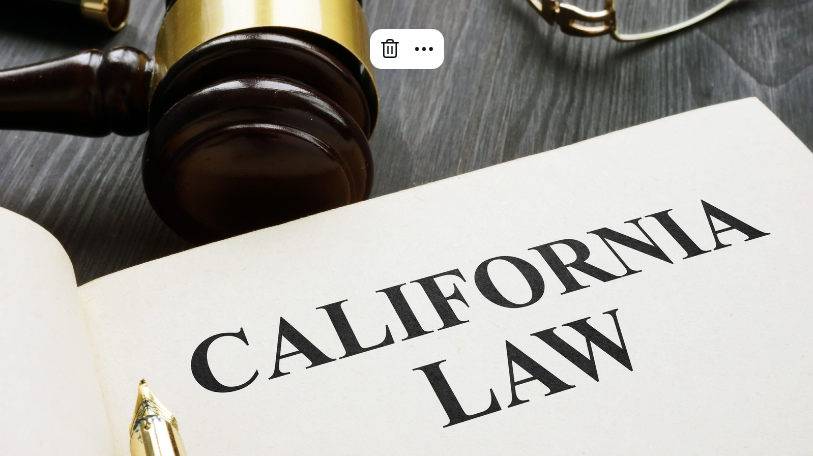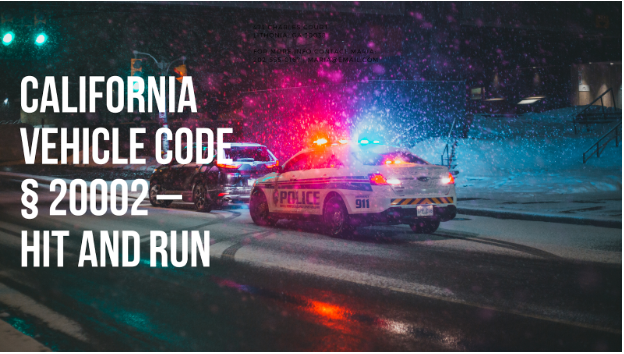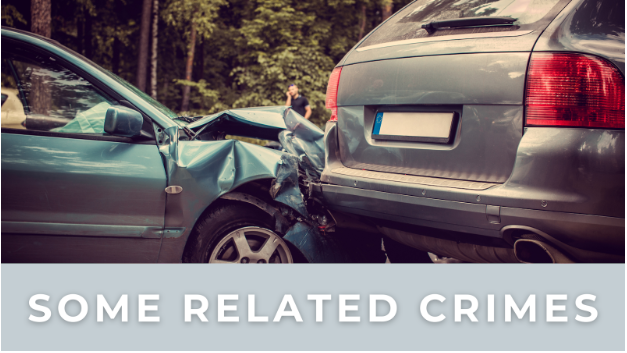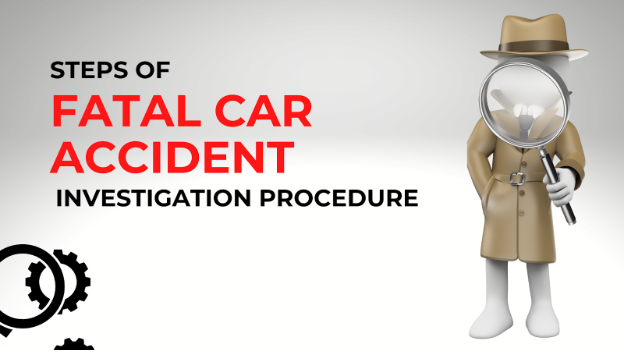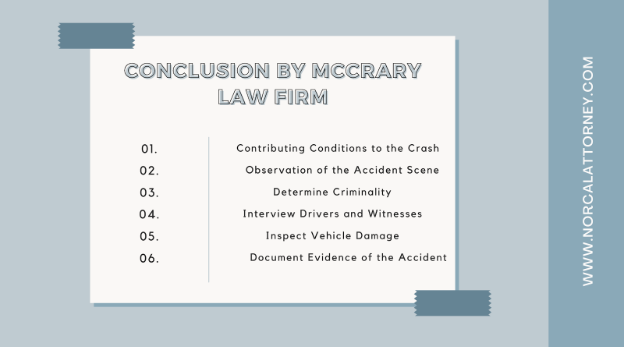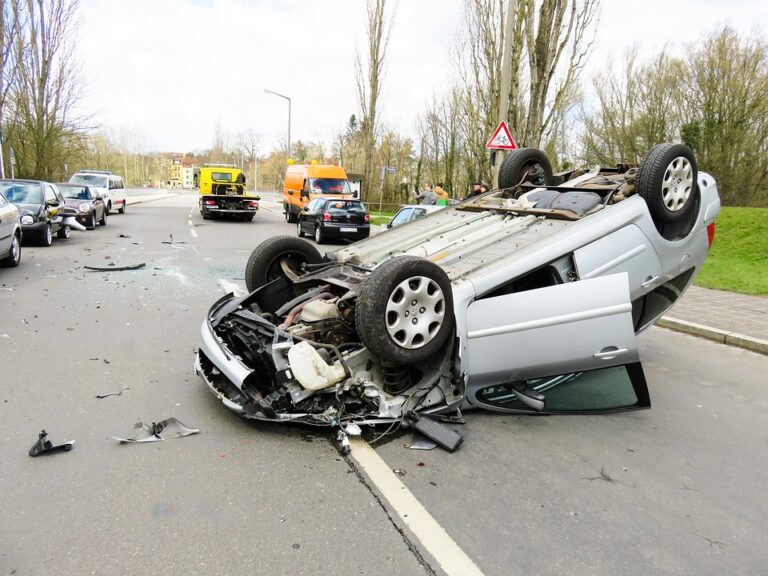Reasons Why Car Accident Insurance Claims Are Denied
Reasons Why Car Accident Insurance Claims Are Denied
By Dan McCrary | February 22, 2023
Don't let your insurance company deny your car accident claim! Discover the reasons why claims are denied and how to avoid them.
Insurance companies are like fortresses built to protect their bottom line at all costs. They use complex algorithms and actuarial tables to assess risk and calculate premiums, and they employ teams of skilled adjusters and lawyers to scrutinize every claim. Insurance companies aim to pay out as little as possible while still meeting their legal obligations.
Have you ever been in a car accident and thought you were covered by your insurance, only to have your claim denied? It's a frustrating and all-too-common experience. But why do insurance companies deny claims in the first place? In this article, we'll explore why car accident insurance claims are denied and what you can do to avoid falling victim to these tactics.
Have a question?
We’re here to help 24/7.
Call or Text Us Now (855) 752-6326
REASONS WHY CAR ACCIDENT INSURANCE CLAIMS ARE DENIED
Discover the top reasons why insurance companies deny car accident claims and what you can do to protect yourself.
Both Drivers Were at Fault, or Liability Is Disputed
Understanding the terms and extent of coverage under an auto insurance policy is like navigating a minefield. You think you're covered, but one wrong move and your claim can be blown to smithereens. In the event that you encounter a circumstance where both drivers are responsible, or if there is a disagreement regarding liability, you may feel trapped in a difficult situation.
But fear not, my friends. With some knowledge and persistence, you can fight against insurance companies and get the compensation you deserve. Let's break it down.
If a driver engaged in behavior that voided their insurance coverage, the insurance company would likely deny the claim entirely. It's like driving a car with a flat tire - you will get tiny. Behaviors like driving under the influence of alcohol or drugs, or texting while driving, are like shooting yourself in the foot - you're just asking for trouble. And if an unlicensed driver is behind the wheel with the owner's permission, it's like playing Russian roulette - sooner or later, someone will get hurt.
But what if neither driver did anything wrong? What if there's a question as to who caused the accident? This is where things can get murky. Insurance companies can be like bickering siblings, each pointing fingers at the other. They may disagree on whose responsibility it is to pay the claims, which can leave you feeling like you're caught in a tug-of-war.
So, what can you do? First, document everything. Take pictures, gather witness statements, and get a police report. Second, don't back down. If the insurance company denies your claim, appeal the decision and provide as much evidence as possible. And finally, consider getting a lawyer involved. They can be like a beacon of hope, guiding you through the storm and helping you navigate the treacherous waters of the insurance industry.
In conclusion, understanding why car accident insurance claims are denied is crucial to protecting yourself and your wallet. Don't let the insurance company steamroll you, whether it's due to intentional wrongdoings or a dispute over liability. With some knowledge and persistence, you can fight back and get the compensation you deserve.
A Medical Evaluation Was Not Done
Imagine you're driving down a winding road, windows down, music blaring, and life couldn't be better. Suddenly, you're hit from behind by a careless driver who was too busy texting to pay attention. You get out of the car, adrenaline pumping, and you feel... okay. No broken bones, no cuts or bruises. You exchange information with the other driver, and you both go on your way. Crisis averted, right?

Not so fast. Even if you feel okay after a car accident, it's essential to obtain a medical evaluation immediately. Why? Because some injuries may not be immediately apparent, and without proper medical documentation, Demonstrating that the injuries you sustained were directly caused by the car accident can be significantly more challenging.
Think of it like a ticking time bomb. Just because you don't see the damage doesn't mean it's not there. Some injuries can lurk beneath the surface, waiting to cause pain and suffering down the road. It's like a dormant volcano - you never know when it will erupt.
And if you wait too long to have your injuries diagnosed and documented, the insurance company can use it against you. They might argue that your injuries weren't caused by accident, leaving you with the bill for medical treatment. It's like a game of cat and mouse - the insurance company is the cat, and you're the mouse, trying to stay one step ahead.
However, it is not necessary for the situation to remain this way. You can protect yourself and your wallet by getting a medical evaluation immediately after the accident. Even if you feel fine, see a doctor anyway. It's like getting a tune-up for your car - just because it's running smoothly now doesn't mean there aren't underlying issues. And if you do have injuries, don't wait to get them treated. It's like putting off an oil change - the longer you wait, the more damage you're doing.
In conclusion, getting a medical evaluation after a car accident is critical. Don't be like the ostrich with its head in the sand, hoping the problem will disappear. Be proactive, protect yourself, and get the treatment you need. Because when it comes to your health and your wallet, it's always better to be safe than sorry.
The Claim Exceeds the Coverage Amount
Have you ever been involved in a car accident only to have your insurance claim denied? It's frustrating. But did you know that there are common reasons why insurance companies deny claims and that you can take steps to prevent it from happening to you?
One of the main reasons a claim may be denied is if it exceeds the coverage amount. It's essential to ensure your auto insurance policy matches or exceeds your needs, especially if you drive a valuable car. If your vehicle is worth $100,000 and you're hit by a driver with only $50,000 in coverage, you could be left with a denied claim and a hefty bill to pay.

But that's not the only reason why claims are denied. Perhaps the accident should have been reported promptly, or there were discrepancies in the information provided. The insurance company may believe your negligence caused the accident. Whatever the reason, it's essential to understand the potential pitfalls and take steps to avoid them.
Personal Injury
Car Accident
Dog Bite
Motorcycle Accident
Truck Accident
Uber or Lyft
Wrongful Death
Latest News
Archives
The Insurance Company Wasn't Notified in Time
Picture this: you're driving down the road, listening to your favorite playlist, and enjoying the scenery. Suddenly, a car comes out of nowhere and hits you, leaving your car battered and bruised. You exchange information with the other driver and go about your day, relieved you're not seriously hurt. But hold on, did you forget something? Something important that could cost you thousands of dollars?
That's right, and you forgot to notify your insurance company. When you signed up for your insurance policy, you agreed to specific terms and conditions, including the requirement to inform them of any accidents you're involved in. This is not just some arbitrary rule, but a crucial step in ensuring your claim is investigated promptly and thoroughly.
But what happens if you fail to meet this obligation? What if you neglect to inform your insurer within the designated time frame? Well, brace yourself for some bad news. Your claim could be denied, leaving you with no financial assistance to cover the cost of repairs or medical bills. That's right, your forgetfulness or procrastination could come back to haunt you in a big way.
And it's not just about the money. Notifying your insurance company could also jeopardize your safety on the road. If the accident was caused by another uninsured or underinsured driver, you could be left without any protection, putting you at risk of financial ruin and physical harm.
Denial Was Made in Bad Faith
Imagine you're driving home from work when suddenly, out of nowhere, another car slams into you. You're shaken, your car is damaged, and you're not sure what to do next. You call your insurance company, hoping they will help you through this difficult time. But instead, they deny your claim without giving you a valid reason. You're left feeling frustrated, angry, and confused. What just happened?
Well, my friend, it's possible that your insurer is acting in bad faith. Bad faith is a fancy term for unethical behavior, and it's something that no policyholder should have to deal with. If your insurance company is denying, undervaluing, or delaying your claim for no legitimate reason, then they are not living up to their end of the bargain.
Think of it this way: when you signed up for your insurance policy, you entered into a contract with your insurer. You agreed to pay your premiums on time, and they agreed to provide you with the protection you need in case of an accident. It's a simple, straightforward agreement. But when an insurer acts in bad faith, they are effectively breaking that contract. They are not upholding their end of the bargain, and that's simply not fair.
If you have a suspicion that your insurance provider is engaging in dishonest practices, there are several courses of action available to you. You can speak to a lawyer, file a complaint with your state's insurance department, or even take legal action against your insurer. It's not an easy road to travel, but it's important to stand up for your rights and hold your insurer accountable for their actions.
At the end of the day, insurance is supposed to provide peace of mind and protection in case of an accident. If your claim has been denied in bad faith, then you're not getting either of those things. Don't let your insurer get away with unethical behavior. Stand up for yourself, and fight for the coverage and compensation you deserve.
Other Possible Reasons an Insurance Claim Can be Denied?
You've just been in a car accident, and you're counting on your insurance company to help you cover the costs of repairs, medical bills, and other expenses. But what happens if they deny your claim? It's a frustrating and confusing situation, and you're left wondering why your insurer won't step up and provide the coverage you need.
There are many reasons why an insurance company might deny your claim, some of which may surprise you. Now, let us examine some of the most frequent causes and the steps you can take if you discover yourself in this circumstance.

First and foremost, it's important to acknowledge that insurance companies are businesses, and they are motivated by profit. This means that they may deny your claim if they believe it will cut into their bottom line. It's not a pleasant thought, but it's the reality of the industry.
Another reason for denial is a misinterpretation of policy language. Insurance policies can be dense, complex documents, and it's possible that your insurer simply didn't understand the terms of your policy or misinterpreted them in some way.
Inadequate documentation or information can also lead to claim denials. If you didn't provide your insurer with all the necessary information, or if they are missing key pieces of documentation, they may deny your claim simply because they don't have enough information to make a decision.
Similarly, if you fail to meet policy requirements, your claim may be denied. For example, if you don't pay your premiums on time or if you don't report the accident within the required timeframe, your insurer may deny your claim.
Finally, insufficient or inadequate evidence can also lead to claim denial. If you don't have enough evidence to support your claim, or if the evidence you do have is not strong enough, your insurer may deny your claim simply because they don't believe you have a valid case.
So, what can you do if your claim is denied for one of these reasons? The initial step is to converse with your insurance company and endeavor to comprehend their rationale. If you believe that your claim was denied unfairly, you may need to speak to a lawyer or file a complaint with your state's insurance department.
Ultimately, it is crucial to keep in mind that insurance companies are not your allies. They are businesses, and they are motivated by profit. That doesn't mean they are always acting in bad faith, but it does mean that you need to be vigilant and advocate for yourself if you want to get the coverage and compensation you deserve.
FAQs
What to Do When Your Car Accident Claim is Denied
Picture this: You've just been in a car accident, and you're left with a mountain of medical bills and property damage. After submitting a claim to your insurance provider, it may be declined. What do you do next? Don't panic. Take a deep breath and consult with our team of experienced lawyers. We can help you understand why your claim was denied and develop a strategy to challenge the decision.
Is There a Time Limit for Car Insurance Claims?
When dealing with car accident claims, time is a critical factor. But is there a limit to how long you can wait before filing? The short answer is yes. Insurance companies have strict guidelines for when claims must be filed, and failure to meet these deadlines can lead to your claim being denied. To ensure you're not caught off guard, consult with our legal experts. We can help you understand the time limits that apply to your specific case.
Can I Claim Old Damage on Car Insurance?
Car accidents aren't the only way your vehicle can sustain damage. Wear and tear, corrosion, and rust can all take a toll on your car's value. But can you file a claim for these types of damages with your insurance company? The answer isn't always clear-cut. It depends on the terms of your policy and the extent of the damage. Our team of lawyers can help you navigate the nuances of your policy and determine whether your old damage is covered.
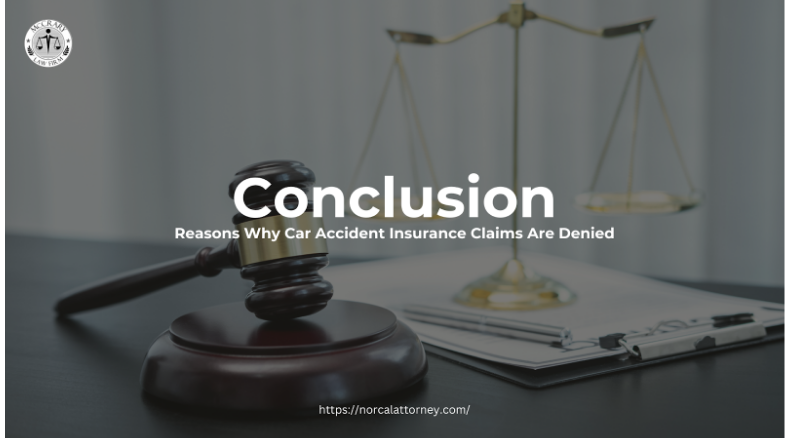
Conclusion
When dealing with a denied car accident claim, it can be frustrating and overwhelming to navigate the legal system alone. Insurance companies are known for their profit motives and often deny claims for reasons that are unethical or even in bad faith. However, there are still options available for those who have had their claims denied. It's important to understand the reasons why insurance companies may deny claims, as well as the steps you can take to appeal their decision.
If you're feeling lost and don't know where to turn, don't hesitate to contact our experienced lawyers at the McCrary Law Firm. We have a deep understanding of the legal system and have helped countless clients successfully appeal denied car accident claims. With our help, you can get the justice and compensation you deserve. Don't let insurance companies deny you what you're entitled to - reach out to us today.
FREE CONSULTATION 24/7, NO FEES UNTIL WE WIN .
Call or Text Us Now (855) 752-6326

